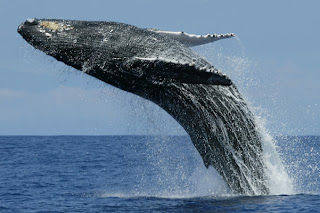The Press launch of Sancharaka Udawa 2014 was held on yesterday 12th May 2014 at Monara Restaurant of Sri Lanka Tourism & Hotel Mgmt. Institute, with the participation of many industry members, local media and travel industry stake holders. The head table of the press conference was represented by Dr. D.S. Jayaweera – Director General, Sri Lanka Tourism, Mr. Rumy Jauffer - Managing Director, Sri Lanka Tourism, Mr. Mahen Kariyawasam -SAITO President, Mr. Harith Perera- SLAITO, Mr. Ziyan Ameen- President SLAPCEO, and Mr. Nilmin Nanayakkara – Immediate Past President SLAITO.
Sancharaka Udawa 2014 exhibition & convention is an important annual event for all stakeholders engaged in the tourism industry. Be it a hotel of different size or scale, a services provider of different thatcher, or a supplier with diversity the Sancharaka Udawa 2014 is an opportunity, which house their needs and solutions under one roof.
Better than before, this year’s event held for the 4th consecutive year on 27th and 28th of June 2014 at the Sri Lanka Exhibition & Convention Centre. It will consist over 200 stalls and a special pavilion of outbound tourism service providers. Sancharaka Udawa 2014 is organized by Sri Lanka Association of Inbound Tour Operators (SLAITO) together with Sri Lanka Tourism to bring together a wide network of personnel across the industry. It is the only gathering of this nature in Sri Lanka - since its inception in 2011.
Concurrently the general membership of the Sri Lanka Association of Inbound tour Operators (SLAITO) will hold their Special General Meeting on 27th June 2014 at 9.00 am at the same venue. This will ensure the attendance of key players in the Tourism Industry at Sancharaka Udawa 2014.

























.jpg)









